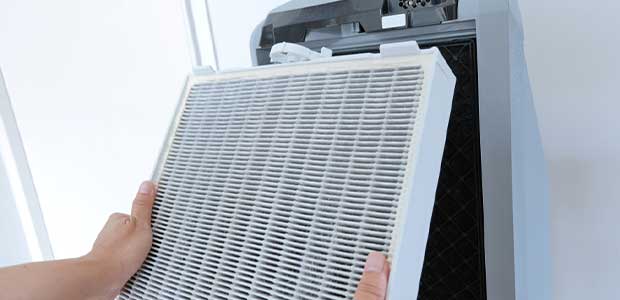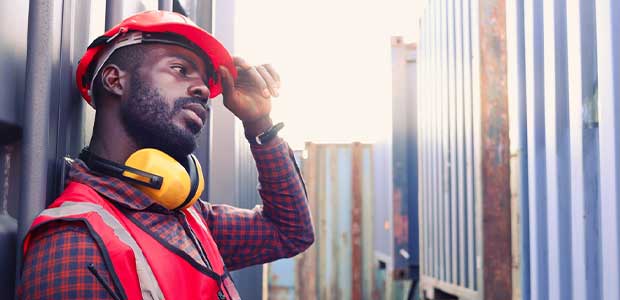
There are features you can use to increase employee engagement.

Episode 150
What's the key to effective safety programs? Consistency.

By supplying safe lighting products, construction companies can significantly enhance worker safety throughout the job site.

More than 600 people die from heat every year.

Air purification systems can capture smoke, exhaust gasses and pollutants from welding, plasma cutting, combustion and other sources.

Episode 149
Editor Sydny Shepard discusses the highlights from DOL Assistant Secretary of Occupational Safety and Health Doug Parker's session at Safety 2022.

ASSP announces new location for their Safety 2023 Professional Development Conference & Exposition.

OSHA is taking steps now to help companies reduce heat illness.

Injuries and deaths from combustible dust are preventable. Follow OSHA’s guidelines on mitigating these hazards.

Musculoskeletal Disorders (MSDs) affect thousands of workers every year. In 2018, according to the Bureau of Labor Statistics (BLS), 272,780 cases of MSD caused people to miss work in the private sector.
The excited buzz from day one of the American Society of Safety Professionals Safety 2022 Professional Development Conference and Exposition was still evident throughout the second day of the show. Safety professionals flooded the expo floor and connected in sessions at McCormick Place, where the conversations flowed easily amongst attendees.

Each year I attend a safety conference, like the American Society of Safety Professionals Safety 2022 Professional Development Conference and Exposition, I like to walk around the expo hall and talk with manufacturers and solutions providers about what they are working on currently and what is coming down the pipeline.
For the past three months, I've been writing about many topics relating to health and safety from behind a computer screen. Today, I was able to step away from the screen and experience everything in person. It was a wonderful experience to be able to meet with professionals and hear from influential people in the safety world.
When safety professionals consider or evaluate programs and leadership styles, there are many factors involved, including diversity, equity and inclusion (DEI).

While Chicago is an amazing place, I don’t think the Windy City had much to do with the electric buzz felt between attendees at the American Society of Safety Professional’s Safety 2022 Professional Development Conference & Exposition on Monday, June 27.